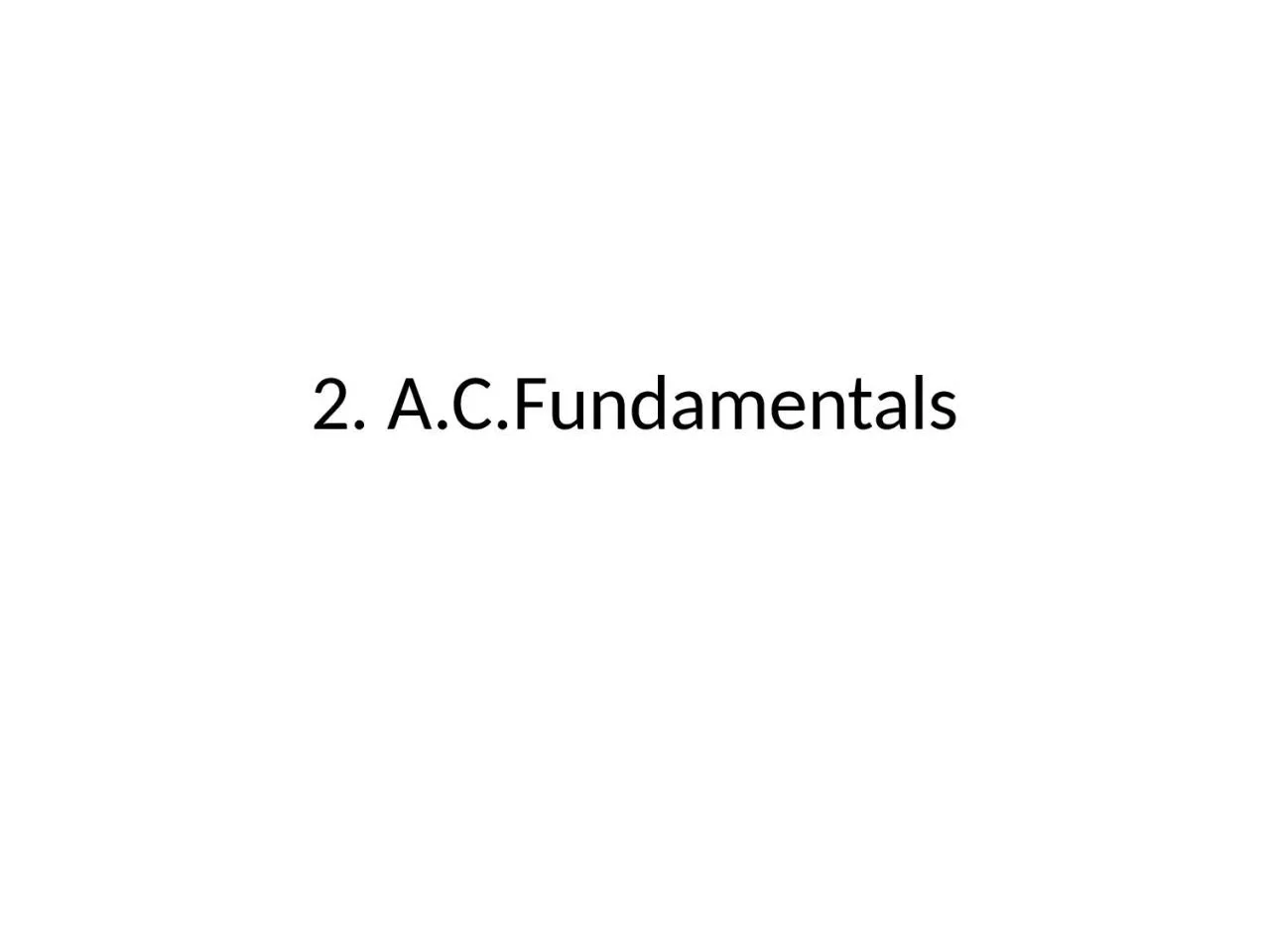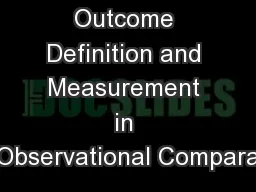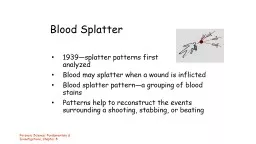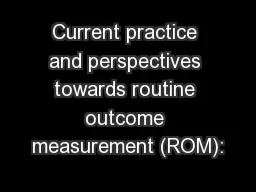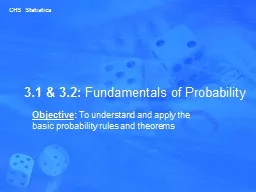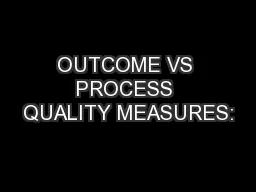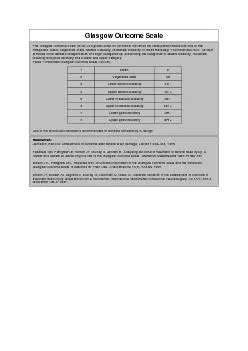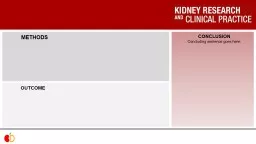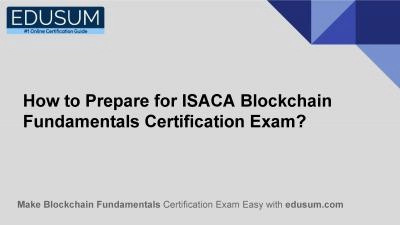PPT-2. A.C.Fundamentals Course outcome
Author : samantha | Published Date : 2023-11-08
Determine voltage and current in ACcircuits Introduction In the day to day life we use electrical power for various applications including the domestic amp industrial
Presentation Embed Code
Download Presentation
Download Presentation The PPT/PDF document "2. A.C.Fundamentals Course outcome" is the property of its rightful owner. Permission is granted to download and print the materials on this website for personal, non-commercial use only, and to display it on your personal computer provided you do not modify the materials and that you retain all copyright notices contained in the materials. By downloading content from our website, you accept the terms of this agreement.
2. A.C.Fundamentals Course outcome: Transcript
Download Rules Of Document
"2. A.C.Fundamentals Course outcome"The content belongs to its owner. You may download and print it for personal use, without modification, and keep all copyright notices. By downloading, you agree to these terms.
Related Documents

